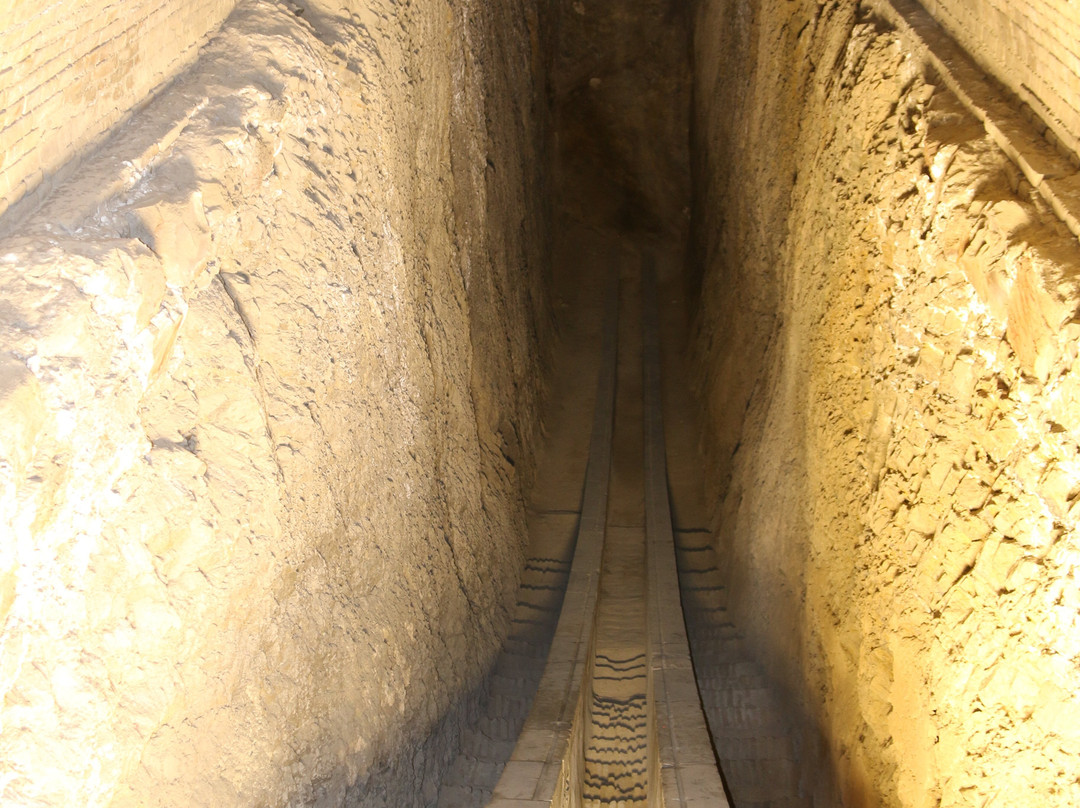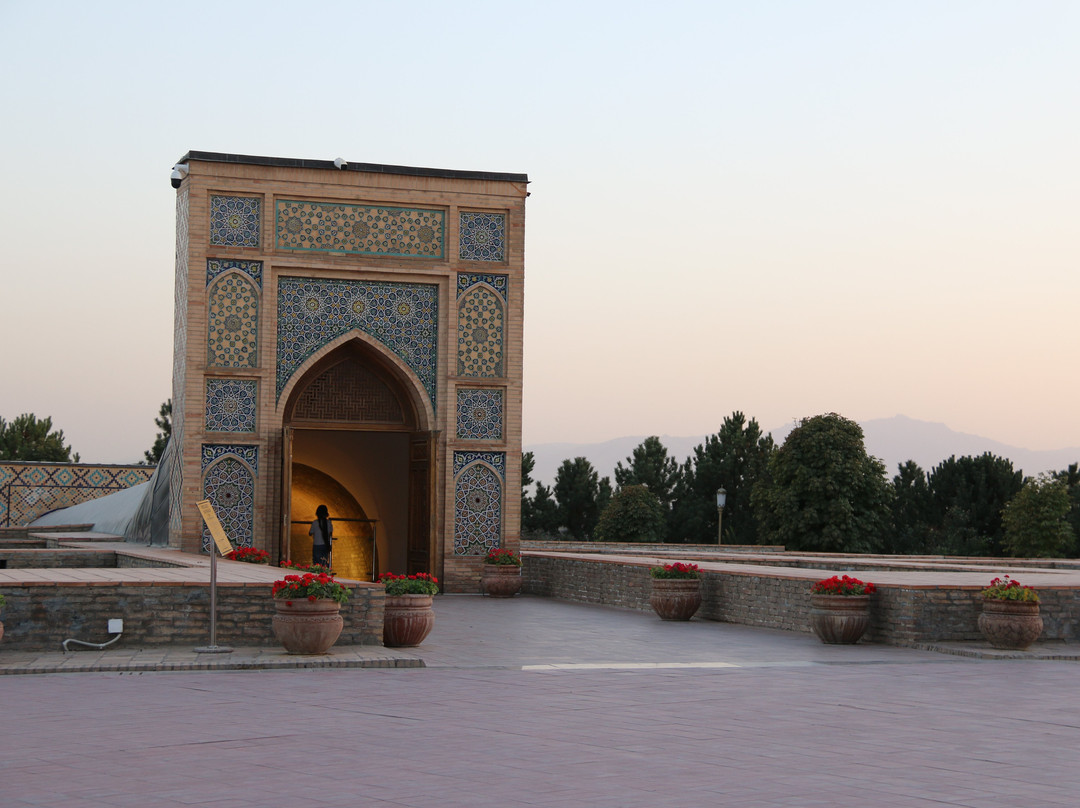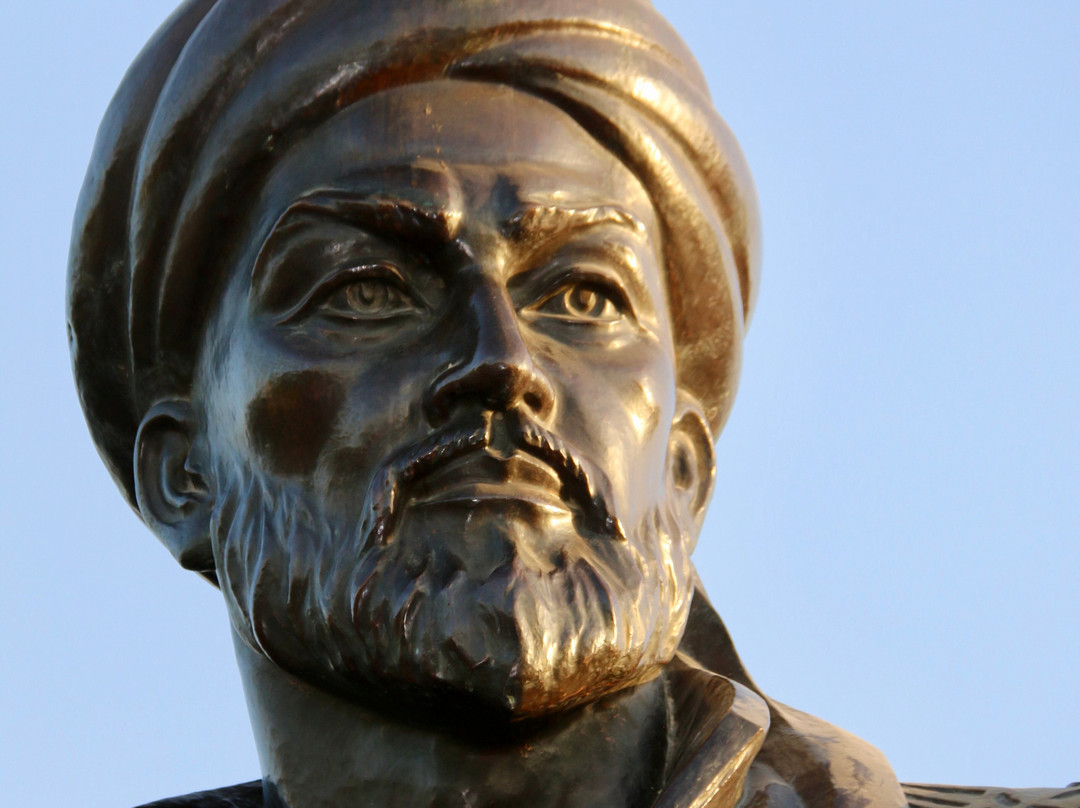的点评
Fascinating for Scholars, Scientists and Historians
兀鲁伯天文台的点评
点评:This really is a very important place in global history, the site where Ulugh Beg and his assistants built an observatory, patiently took sun shots, and from their meticulous calculations came the sextant and the navigational almanac.
Only the ground floor remains, but the excavations reveal a sense of how it was constructed, the internal equipment and the scale of the original building. The adjacent museum is quite small, but contains the most amazing exhibits that recount the history of the observatory and Beg's work, the development of the sextant and the birth of modern navigation.
Try and visit in the evening as it is much less crowded with other visitors (and some from the buses look just a little bored).
For context, the Apollo astronauts took a space sextant as a manual back-up to their inertial navigation systems. Just wow!
Only the ground floor remains, but the excavations reveal a sense of how it was constructed, the internal equipment and the scale of the original building. The adjacent museum is quite small, but contains the most amazing exhibits that recount the history of the observatory and Beg's work, the development of the sextant and the birth of modern navigation.
Try and visit in the evening as it is much less crowded with other visitors (and some from the buses look just a little bored).
For context, the Apollo astronauts took a space sextant as a manual back-up to their inertial navigation systems. Just wow!
翻译:这确实是世界历史上非常重要的地点,乌鲁伯格和他的助手们曾在这里建造天文台,耐心地拍摄太阳照片,并通过他们细致的计算,发明了六分仪和航海历。
目前只剩下底层,但发掘工作揭示了它的建造过程、内部设备以及原始建筑的规模。毗邻的博物馆规模不大,但馆内展品令人叹为观止,讲述了天文台和乌鲁伯格工作的历史、六分仪的发展以及现代航海的诞生。
建议晚上参观,因为那时游客较少(有些公交车上的游客看起来也有些无聊)。
值得一提的是,阿波罗宇航员携带了一个太空六分仪作为惯性导航系统的手动备用装置。真是太棒了!
目前只剩下底层,但发掘工作揭示了它的建造过程、内部设备以及原始建筑的规模。毗邻的博物馆规模不大,但馆内展品令人叹为观止,讲述了天文台和乌鲁伯格工作的历史、六分仪的发展以及现代航海的诞生。
建议晚上参观,因为那时游客较少(有些公交车上的游客看起来也有些无聊)。
值得一提的是,阿波罗宇航员携带了一个太空六分仪作为惯性导航系统的手动备用装置。真是太棒了!




此点评仅代表旅行者个人的主观意见,并不代表TripAdvisor以及其合作方的意见。
关于我们
|
新闻动态
|
商务合作
|
会员中心
|
业主中心
|
业主通
|
常见问题
|
意见反馈
|
联系我们
|
营业执照
© 2025 Tripadvisor 版权所有。
使用条款 |隐私政策 |网站工作原理
部分照片由 VFM Leonardo 提供。
* Tripadvisor不是旅行社,也不是旅游预订服务代理商。我们提供免费、客观、公正的旅游资讯服务。 (显示更多)
TripAdvisor LLC 既不是预订代理商,也不是旅游运营商,不会向网站用户收取任何服务费。 按照规定,在 Tripadvisor 发布机票价格、游览和旅行套餐的合作伙伴(航空公司、旅行提供商及预订代理商),其标价须包含所有费用和附加费用。 例如, 机场出入境税费、消费税与其他服务费、手续费、杂费及附加费用。 当您向我们的某个合作伙伴进行预订时,请务必查阅他们的网站以了解当地行政部门要求的所有适用费用的具体情况。 除非另有说明,机票价格通常指的是一个人的价格(以人民币计)。
为方便起见,TripAdvisor LLC 根据从我们的预订合作伙伴获取的空房率计算每个酒店的均价。 对于游览和景点来说,所显示价格通常是每位成人的最低可用价格。 对于列出的任何旅行套餐或优惠,TripAdvisor LLC 无法保证任何特定的费率或价格。 此外,酒店均价每晚会更新,并以您的首选币种表示(使用现行汇率)。 由于这些已换算的价格是预估价格,因此,有关具体金额和币种请与预订网站进行核实。
此外,TripAdvisor LLC 无法保证我们网站上宣传的价格随时有效。 标价可能需要预订一定天数才能生效,或有不可用日期、使用条件或限制。
TripAdvisor公司对外部网站的内容一概不负责。优惠价格中不含税和其他费用。
ICP证:沪B2-20200433
沪ICP备20013175号
 沪公网安备31010502005427号
沪公网安备31010502005427号鹰程信息技术(上海)有限公司
货币/国家及地区
¥CNY
中国

